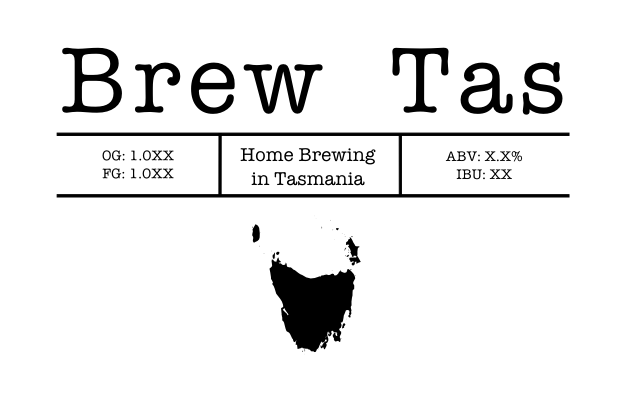Mistakes are becoming a theme here. Last June I brewed what I intended to be an Export Stout. I later found out that I'd stuffed up a calculation in converting the recipe and instead of 6.5% abv, my stout weighed in at just over 9%.
It wasn't nearly bitter enough, it had an astringent character and the aftertaste was not pleasant. I was disappointed and pretty much wrote it off. But it sat stored away, and as it sat it quietly improved.
One of my mates really enjoyed it, so I'd given him a few bottles of the stuff from time to time. He's been drinking it, cooking with it and having a good time. Anyway, he's been talking it up so the other day I cracked one and here are my notes:
Aroma: Not much of an aroma, a little of the roast and some alcohol. Nothing from the yeast that I can detect, I used US-05 so that's not surprising.
Appearance: Utterly black with a two finger, dense, tan head.
Taste: Big, roasty, chocolate, coffee. It has a dark fruity thing going on too. It's got an obvious sweetness to it, probably too much, or rather, there's not enough bitterness to balance it properly. You wouldn't sit and drink a few of these, but that's not really what you're aiming for with something this big anyway. The astringent notes I had a problem with earlier seem to be gone and the aftertaste is good. The flavour is so big that the alcohol isn't really detectable in the flavour until it warms up to room temperature.
Mouthfeel: Syrupy and dense. The carbonation is a bit higher than I'd like but it's not too far off. Some warmth from the alcohol.
Overall: This mistake turned out pretty well. I guess it's more of a Russian Imperial Stout than an Export Stout. If I was doing it again and intentionally aiming at a RIS I'd turn the bitterness up a notch or two and the carbonation down slightly. I'd probably also use a different yeast to get some fruity esters doing their thing. It'll be nice to have this on hand over the coming winter and I'm keen to follow Luke's lead and use it in cooking.


















